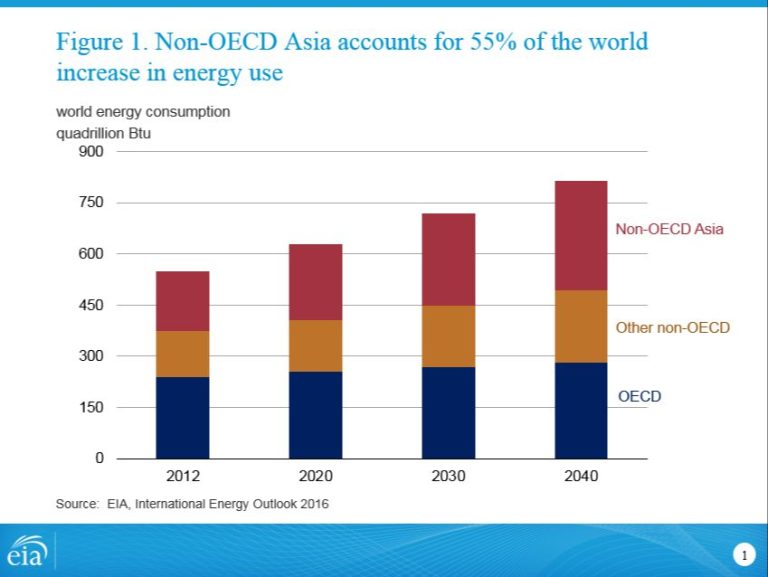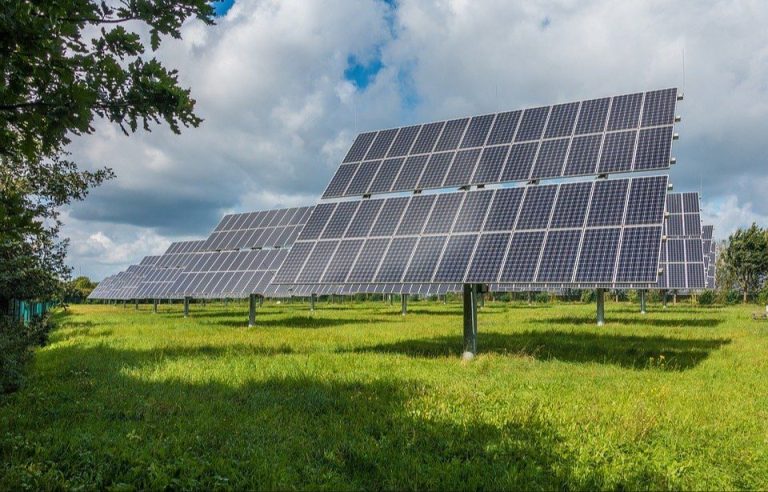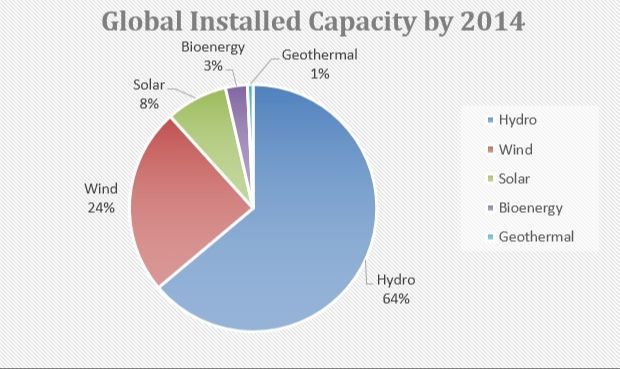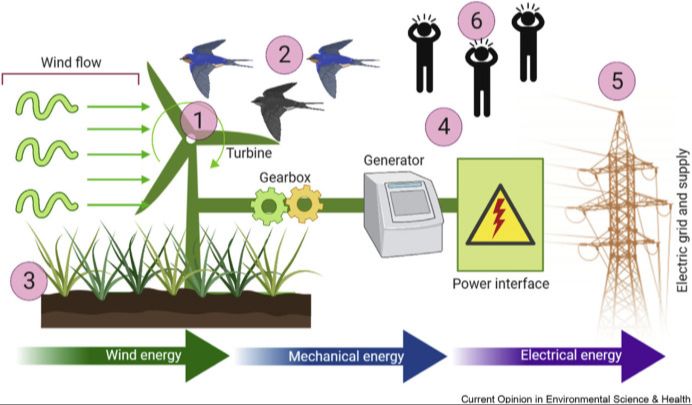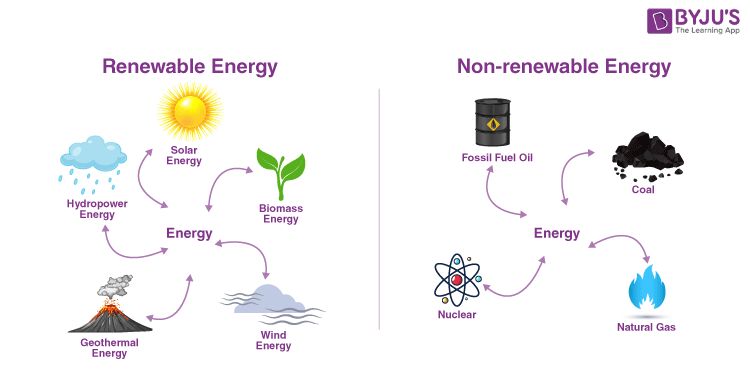What Is The Most Successful Renewable Energy?
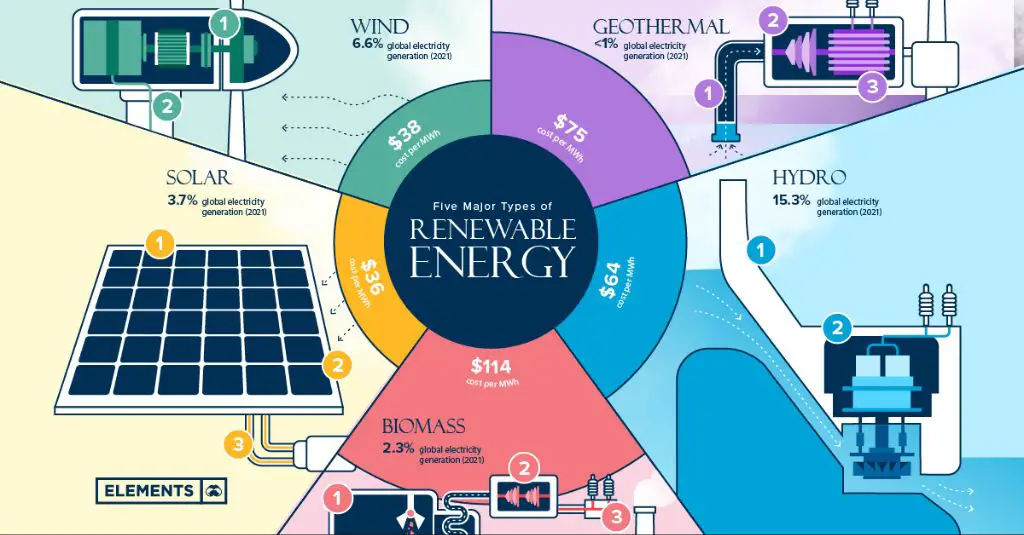
Renewable energy sources like solar, wind, geothermal, hydropower, and biomass provide sustainable, clean alternatives to fossil fuels. As climate change becomes an increasingly urgent issue, renewables are growing rapidly as affordable and reliable ways to generate electricity and heat without carbon emissions. This article will explore different types of renewable energy, comparing capacity, costs, reliability, and environmental benefits to determine which one has been the most successful so far.
Types of Renewable Energy
There are several major types of renewable energy sources that are used to generate electricity and power today. According to the U.S. Energy Information Administration, the main renewable energy sources are:
- Solar – Converts energy from the sun into electricity through panels and concentrating solar power plants.
- Wind – Uses large wind turbines to harness wind energy and convert it into electricity.
- Hydropower – Generates electricity from the flow of rivers and water.
- Geothermal – Uses the internal heat of the earth to produce steam and generate power.
- Biomass – Converts organic matter like plants, wood, and waste into energy.
These types of renewable energy utilize natural resources that are constantly replenished and provide an alternative to fossil fuels. Solar and wind energy in particular have seen tremendous growth in capacity over the past decade. Each renewable resource has its own advantages and potential to expand further as technology improves.
Growth and Capacity
According to data from the International Renewable Energy Agency (IRENA), the biggest growth in renewable energy capacity over the past decade has come from solar and wind (IRENA, 2019). Between 2009-2019, solar capacity increased over 20-fold from 25GW to over 630GW. Wind capacity increased over 5-fold from 120GW to over 650GW in the same time period.
Hydropower is the largest source of renewable energy by installed capacity, totaling around 1,150GW globally by the end of 2019. However, the growth rate of hydropower has been modest compared to solar and wind. Geothermal and bioenergy have also seen steady but slower growth compared to solar and wind.
Based on current growth trends, it’s clear that solar and wind energy are experiencing rapid expansion and making up a larger share of renewable capacity additions each year. Key factors driving this growth include falling costs, supportive policies, and technological advances that have improved efficiency and enabled large-scale deployment.
Costs
When evaluating the cost competitiveness of renewable energy types, looking at the levellized cost of energy (LCOE) provides a useful comparison. LCOE measures the average total cost to build and operate a power plant over its lifetime divided by the total energy output over that lifetime. This allows an apples-to-apples comparison of different technologies. According to the U.S. Energy Information Administration (EIA), the LCOE of onshore wind and utility-scale solar PV has declined dramatically, making them competitive with or even lower cost than new natural gas combined cycle plants.
The LCOE for onshore wind is now often in the range of $28-50 per MWh, while utility-scale solar PV is in the range of $32-44 per MWh. This is compared to about $44-68 per MWh for natural gas combined cycle. Geothermal and hydropower have relatively low LCOEs as well, generally $30-70 per MWh and $30-90 per MWh respectively. However, factors like resource availability and suitable sites can limit their scalability and competitiveness in some locations. Biomass costs are usually higher, in the range of $40-110 per MWh.
Based on global data, onshore wind and solar PV have become the most cost competitive renewable sources in many parts of the world. Their costs have fallen dramatically due to technology improvements and economies of scale, and are likely to continue declining. This makes them strong options to displace fossil fuel generation and enable the transition to a cleaner electricity system.
Environmental Impact
Different types of renewable energy technology have varying impacts on the environment, but most generate significantly lower emissions and waste compared to fossil fuels. They also have far lower carbon footprints. According to research, wind and solar power produce less carbon emissions per unit of energy than coal and natural gas. Hydropower has a lower rate of emissions than solar and wind, but reservoirs cause methane emissions. Biomass sources also create pollution from burning, but vary depending on the fuel and technology. Geothermal power plants emit some greenhouse gases, but at a much lower level than fossil fuels, and without any particulate matter. Most renewable energy sources require less land and water than thermal power stations.
While fossil fuels contribute significantly to global warming through greenhouse gas emissions, renewable sources like solar, wind, geothermal and hydropower emit little to no global warming emissions. According to the Union of Concerned Scientists, transitioning to 100% renewable energy in the U.S. by 2050 could reduce emissions by 80% compared to 1990 levels. While renewable sources have some local environmental impacts like habitat loss, they do not contribute to climate change risks to the same extent as burning fossil fuels.
The overall consensus is that renewable energy technologies have far lower life cycle emissions and pollution compared to coal and natural gas. While renewables are not completely emission-free, they provide substantial environmental benefits over traditional energy production. With some best practices, the local impacts of renewables can also be mitigated.
[1] https://www.ucsusa.org/resources/environmental-impacts-renewable-energy-technologies
[2] https://www.adecesg.com/resources/blog/environmental-impacts-of-renewable-energy-sources/
Reliability
Reliability refers to the ability of a renewable energy source to consistently generate power. Intermittency issues arise when generation is variable due to weather conditions or time of day. Reliability and intermittency are key factors when comparing renewable energy sources.
Solar power is reliable during daylight hours but offers no generation at night. Output also varies with cloud cover and seasons. Intermittency is a major issue for solar. However, combining solar with storage technology like batteries can help smooth out supply. According to an overview of reliability models, integrating vehicle-to-grid technology with solar power could help mitigate intermittency issues (https://www.sciencedirect.com/science/article/abs/pii/S1364032112002389).
Wind power is subject to variability based on wind speed. Output fluctuates minute to minute and is hard to predict. According to the same reliability models overview, vehicle-to-grid technology could potentially offset wind power intermittency as well (https://www.sciencedirect.com/science/article/abs/pii/S1364032112002389).
Hydropower depends on precipitation and resulting river flows, which vary seasonally. However, hydropower from dams with reservoirs can store energy and regulate output to maintain more consistent generation. Overall, hydroelectric is one of the most reliable renewable sources.
Geothermal energy offers continuous baseline power production. Binary geothermal plants exhibit capacity factors over 90%, making this one of the most reliable renewables. Intermittency is not an issue for geothermal.
Biomass generation can be dispatched on demand, so intermittency is low. However, supply chain reliability and seasonal variability for feedstocks like agricultural wastes can impact availability.
Potential
When considering the future potential and scalability of renewable energy sources, wind and solar stand out as having immense room for growth. According to one study, the global technical potential for onshore wind power alone could meet worldwide electricity demand over 40 times (https://www.annualreviews.org/doi/full/10.1146/annurev-environ-112321-091140). Solar also has nearly unlimited potential, as the amount of solar energy hitting the Earth’s surface in one hour contains more power than the entire world uses in a year (https://www.linkedin.com/pulse/power-renewable-energy-exploring-sustainable-victor-obobolo). Other sources like hydropower are far more geographically constrained. While nuclear fusion holds great promise as a scalable, clean energy source, the technology remains immature. Overall, wind and solar have the best combinations of technical potential, current growth trends, and falling costs to scale up rapidly in the coming decades.
Challenges
Renewable energy sources face a variety of challenges that can hinder growth and adoption. According to Sustainable Review, the main challenges for wind and solar energy are intermittency and variability. Wind and solar generation fluctuate based on weather conditions and time of day. This requires backup power sources and energy storage solutions. Hydropower faces challenges related to suitable geography, droughts, and environmental impacts on ecosystems.Regen Power highlights other key challenges such as existing energy infrastructure favoring fossil fuels, lack of political support, high upfront costs compared to conventional sources, and public opposition related to land use and aesthetics.
The International Energy Agency notes the pace of economic recovery, supply chain disruptions, policy uncertainty, and grid integration issues also pose challenges to renewable growth. However, continued cost reductions and technological advances may help offset some of these.
The Winner?
When analyzing the pros and cons of various renewable energy sources, wind power emerges as the most successful overall. Wind has seen massive growth over the past decade and now accounts for over 5% of U.S. electricity generation, second only to hydropower among renewable sources (https://www.eia.gov/todayinenergy/detail.php?id=22832). The U.S. Department of Energy projects wind capacity to double by 2050, aided by larger and more efficient turbines (https://www.energy.gov/eere/wind/projections-double-us-installed-wind-capacity-2050).
The advantages of wind include its low cost and minimal environmental impact. The average levelized cost of wind-generated electricity fell by 40% over the last decade and is now competitive with conventional sources (https://www.lazard.com/perspective/lcoe2020). Operation produces zero emissions and modest land use compared to fossil fuels. While wind turbines can harm local wildlife, appropriate siting greatly minimizes ecological disruption (https://www.nrel.gov/docs/fy09osti/46550.pdf).
The main limitations of wind are its variability and aesthetic impact. Output depends on weather conditions, requiring backup from other sources. Many also find turbines visually unappealing. However, technical advances like taller towers and offshore installations help mitigate these issues. Compared to alternatives, wind delivers an optimal combination of scalability, affordability, reliability, and sustainability.
Conclusion
In conclusion, when evaluating renewable energy sources based on growth, capacity, costs, environmental impact, reliability, and potential – solar and wind emerge as the top contenders for most successful. While hydropower is the largest renewable source, growth has stagnated. Solar and wind have seen exponential growth in recent years and have tremendous potential for further expansion given their scalability and declining costs. While no energy source is perfect, the environmental and reliability advantages of solar and wind make them well positioned to continue displacing fossil fuels. Overall, solar energy takes the top spot as the renewable source with the brightest future thanks to its abundance, scalability, cost declines, job creation, and energy security benefits. The transition to clean energy is well underway, with solar leading the charge as the renewable energy source with the most potential for continued success.

